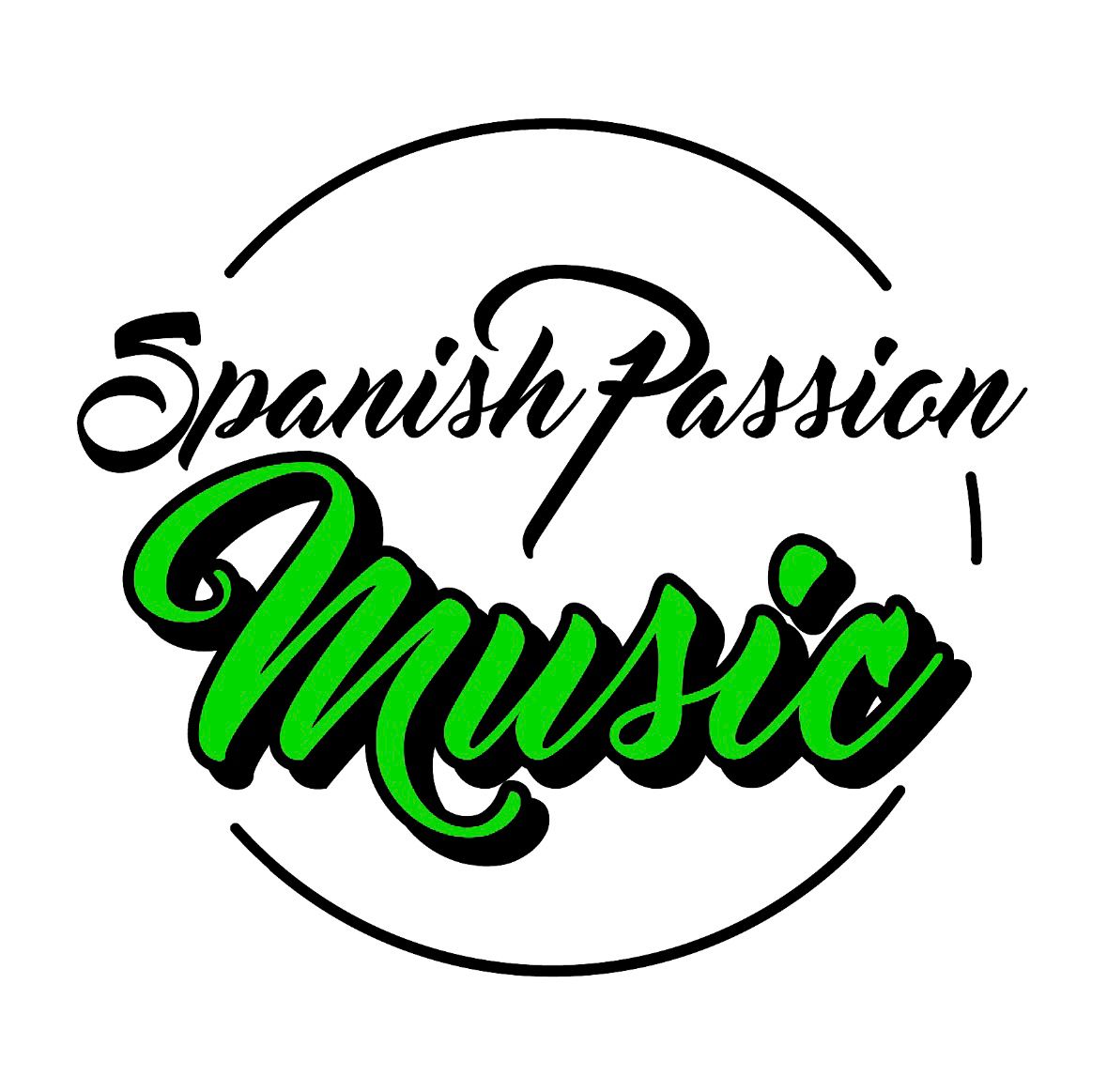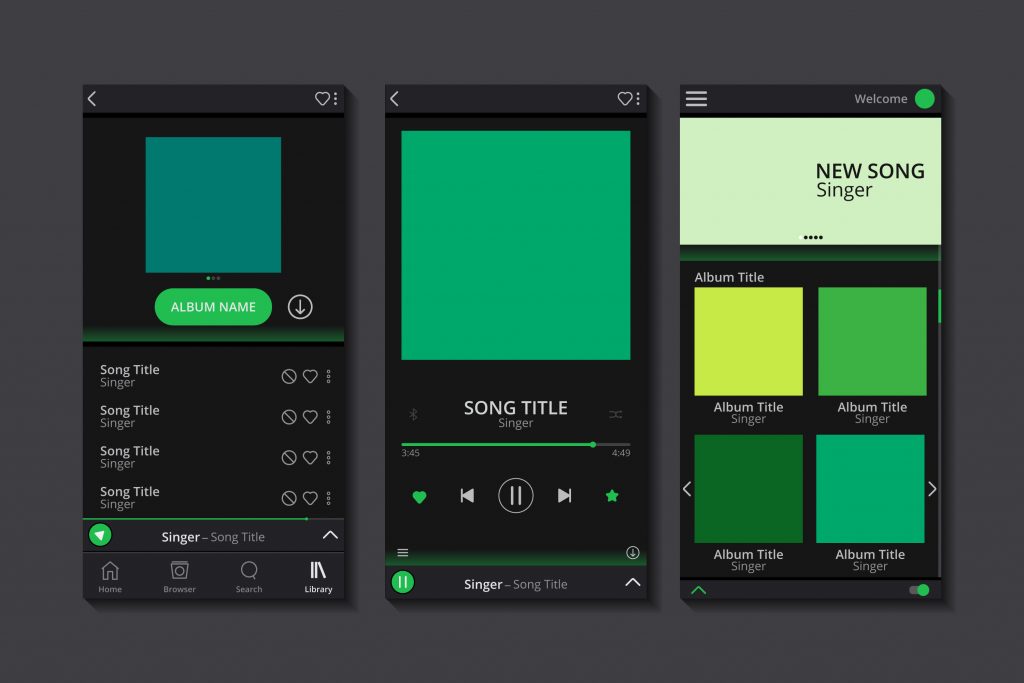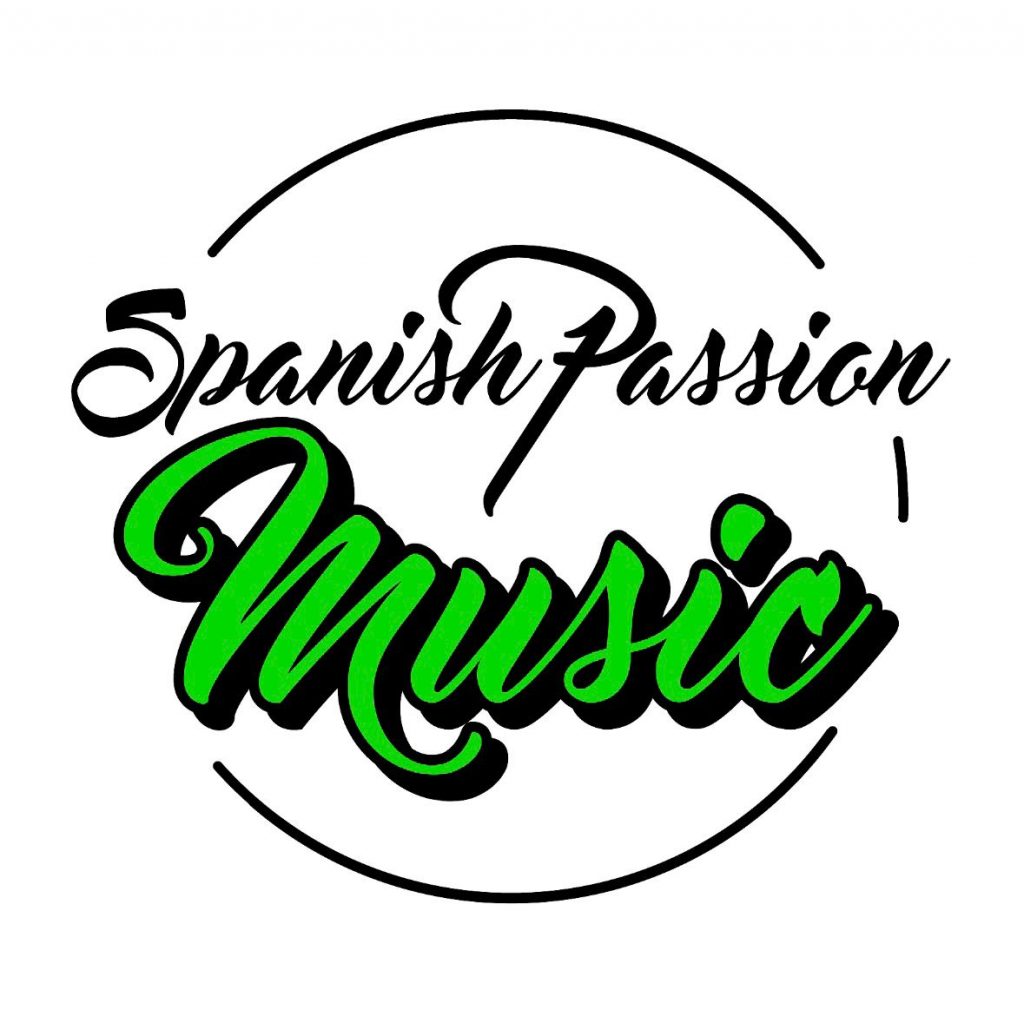When an independent artist uploads a song to Spotify, Apple Music or YouTube Music, the focus is almost always on the cover, network promotion and release date. But there is a fundamental aspect that many overlook: music metadata.
That "invisible" data set can be the difference between your music ranking well or getting lost in the background of the algorithm.
In this guide we explain what metadata is, how it is used on streaming platforms and how to optimise it to work in your favour.
What is music metadata?
The metadata are the information associated with your song. They are not part of the audio, but accompany each file when you upload it to a distribution platform. They are essential for:
- Identify the work
- Attributing rights correctly
- Track reproductions
- Positioning your music in search engines and algorithms
Key examples of metadata:
- Song title (with precise spelling)
- Name of main artist and collaborators
- Genre and sub-genre
- Language of the song
- ISRC Code (unique recording identifier)
- UPC Code (full release identifier)
- Authors and composers
- Producers
- Launch date
- Name of the label or distributor
- Lyrics (on some platforms)
What if they are wrong or incomplete?
- Missed opportunities for playlisting and discovery
- If your song is not properly tagged, algorithms will not know how to classify it.and which audience is the ideal one to show it to.
- Your royalties may be lost or not attributed correctly
- If there are errors in the names, percentages or ISRCs, you run the risk of not charging for actual uses.
- Your song may not appear in relevant searches
- Metadata is also key to music SEO. If your title is confusing, contains emojis or is misspelled, your music will be harder to find.
- There may be legal disputes or blockages
- If another artist has already used the same song name or collaborator and you do not correctly differentiate the credits, you may receive unjustified complaints or strikes.
How to optimise your metadata for success?
- Write the titles as you want them to appear publicly.
- No unnecessary capital letters, no misspellings, no strange symbols.
- Make sure that all the credits are in place
- Use the correct artistic names for each contributor, author and producer.
- Choose precise and coherent genres
- Don't just put "Pop" if your song is "Alternative pop with touches of synthwave in Spanish". Use sub-genres where possible.
- Request or generate your ISRC and UPC code correctly
- A good digital distributor can assign or register them for you.
- Check language and territory
- Some errors in language selection can affect the reach of your music in automatic recommendations.
- Don't invent irrelevant tags or keywords.
- Avoid clickbait in titles or descriptions, as it can hurt you in the long run.
Pro tip: Treat metadata as your music CV
If your song is on the radar of a playlist curator, a label or even a recommendation algorithm, metadata shall be the first source of information they use to rank you or decide whether it is worth giving you visibility.
Conclusion
In the digital world, quality of content is not everything. The information that accompanies it - your metadata - can boost your launch or bury it without you realising it.
As an independent artist, understanding this "invisible code" gives you a key advantage over those who continue to publish without a strategy.


